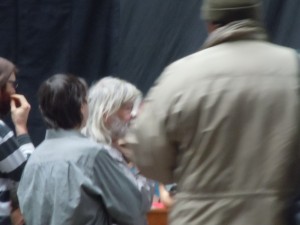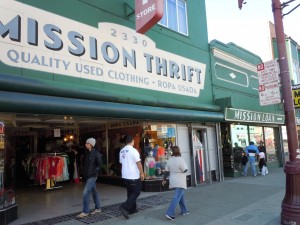I just had a very unpleasant experience buying a ticket on Delta Airlines’ website. And since, in writing and speaking about creating green, ethical, and expectation-surpassing business success, I often address customer service issues, I’m going to transform this crappy experience into a no-charge customer service consultation to Delta. I get a blog post; they get free advice. Deal?
1. Thou shalt prepopulate your required telephone “country code” field with the United States country code, especially if the passenger has a U.S. address. Most Americans have no idea what our country code is, and if they do know, they’ll type a 1. +001? You’ve got to be kidding.
2. When thee kickest back my form for not having the country code properly, thou shalt remember my preference on whether I want travel insurance, and not subsequently kick it back out because YOU unchecked my preference.
3. Thou shalt load pages in a reasonable time. If I can read one to three e-mails every time I wait for my page to update over my broadband connection, you have a service delivery problem. And when the session requires 20 or so pages because of all those ridiculous kickbacks for the country code or the insurance, you have a frustrated customer spending half an hour of forever-gone time and computer eye fatigue in order to complete a transaction that should have taken under ten minutes.
4. Thou shalt not tell me my session has timed out while waiting for YOUR page to load, and then not really mean it, causing confusion. Fortunately, I’ve seen this before and just hit the back button several times until I got to a screen that remembered I was actually still logged in. I’d have been pretty annoyed if I had to log out and relog in.
5. Thou shalt not try to route me from Orlando to Fort Lauderdale via New York. It would be faster to drive! If you have to send me in the wrong direction, how about someplace a whole lot closer?
6. Thou shalt not try to take 40,000 of my hard-earned miles for a measly domestic flight from New England to Florida. That should get me to Europe!
7. Thou dost earn my gratitude for a reasonable fare when I switched to cash, and thou didst receive my business as a result.
8. However, thou shalt NEVER raise the fare between the time I click the Purchase button and the time you process my credit card! That, if you had been a human and not a computer, would be called an illegal bait and switch. That is also a way to get customers really mad at you and badmouth you publicly over blogs and social networks. If it says $230 when I hit Purchase, you should honor that price and not tell me, oh, by the way, we raised the price while you were having trouble with our webform. (Your exact words were “Due to changing availability, the fare you selected is no longer available. Here’s the lowest fare for your flight(s).”) Yeah, it’s only ten bucks, but it’s absolutely inexcusable. It’s one thing to raise the price if I come back a day or even an hour later, but I had initiated the transaction at the offered price and you didn’t honor it. Your computers should simply not be allowed to do that (and airline sites in general should not be allowed to present ticket options that are no longer available).
9. Thou earnest back a few karma points for ease of seat selection. Thank you.
10. But thou losest them again for not telling me whether any of the flights serve meals, and if so, allowing me to state my dietary requirements. It would be easy enough to indicate meals, snacks, or no food, and if meals, to indicate needs.
OK, there you have my personal 10—not commandments but suggestions—that would improve your customers’ attitude toward you, deliver a much more positive experience, and create fans instead of reluctant buyers. If you want more, I recommend my award-winning eighth book, Guerrilla Marketing Goes Green. I’ll even give you (or anyone else who registers a purchase a the site) $2000 in extra bonuses for buying a $21.95 book. See, creating a good customer experience isn’t that hard.
In addition to his award-winning books, Shel Horowitz also writes the Green And Profitable (for business) and Green And Practical (for consumers) monthly columns.













